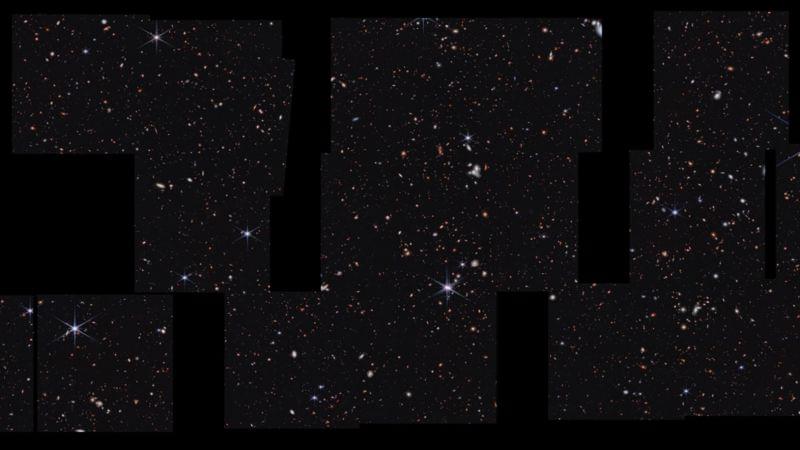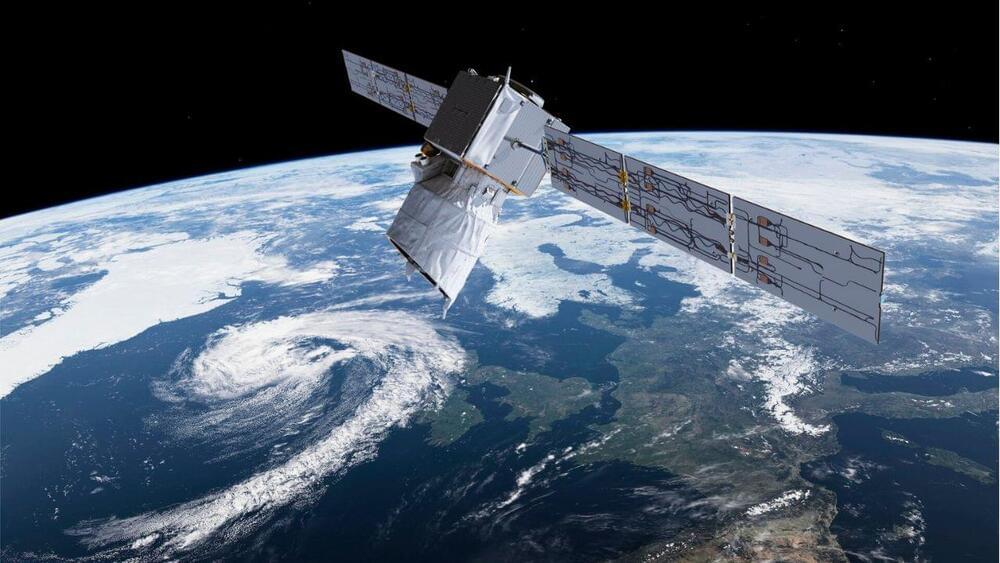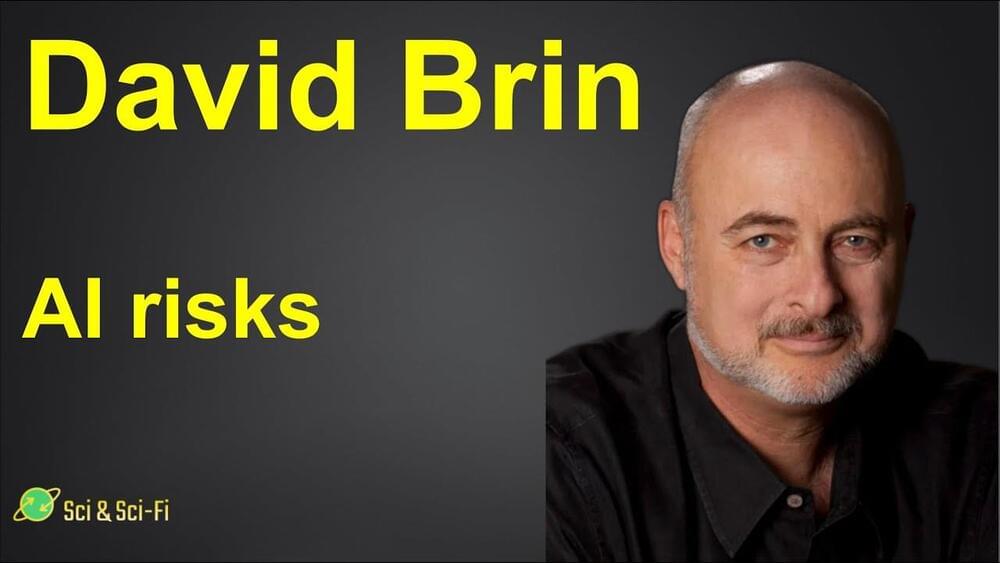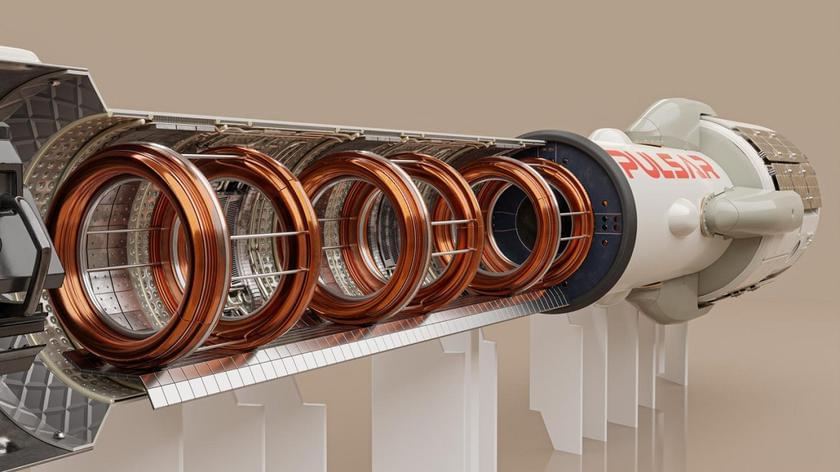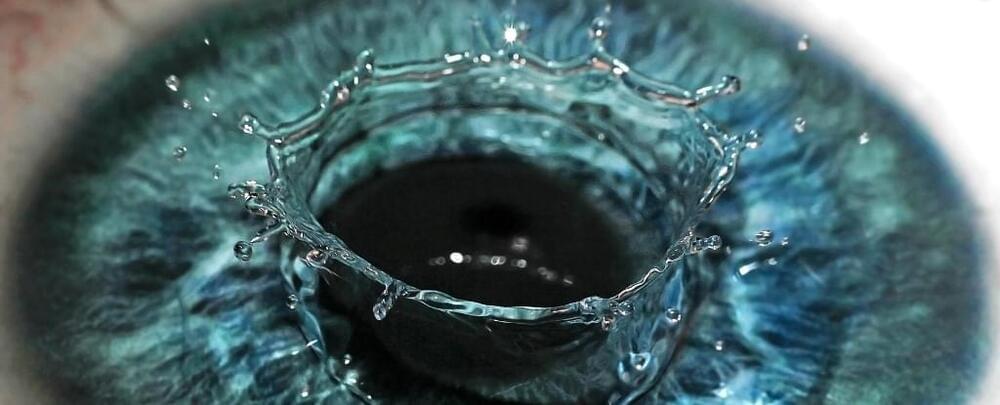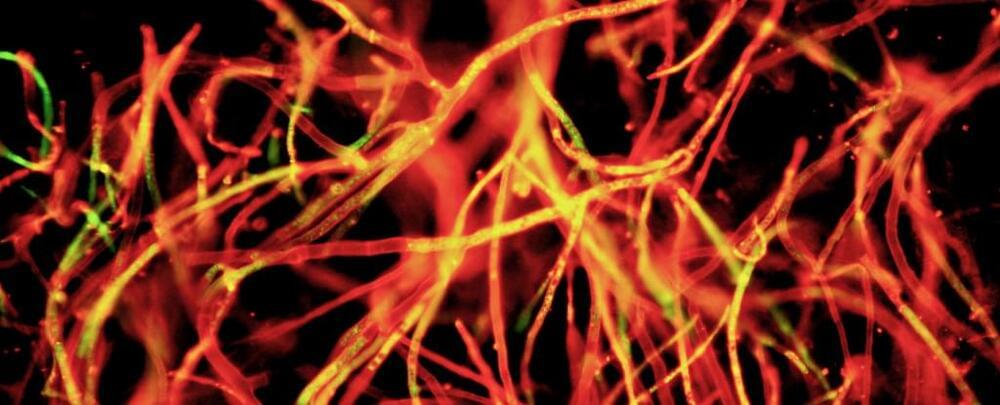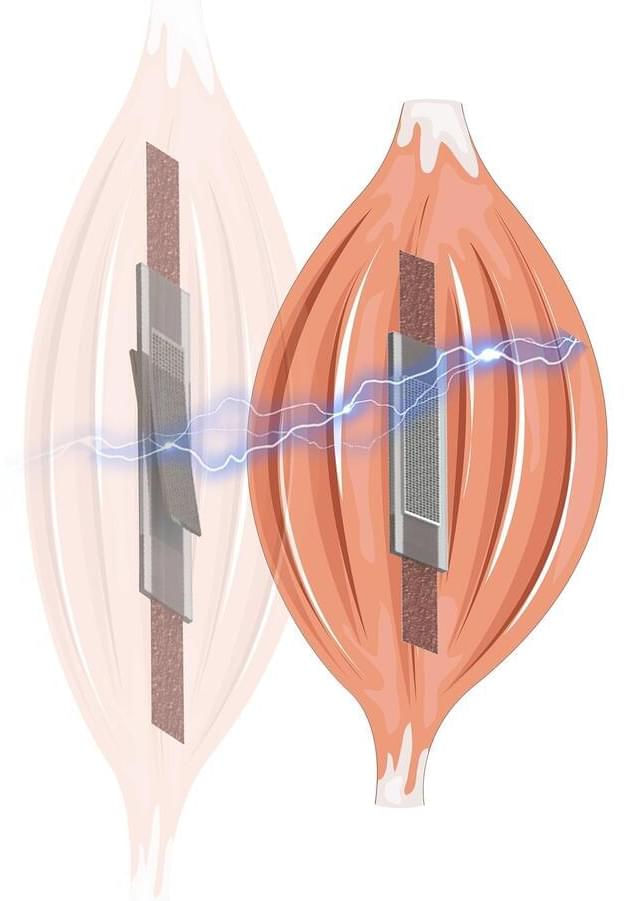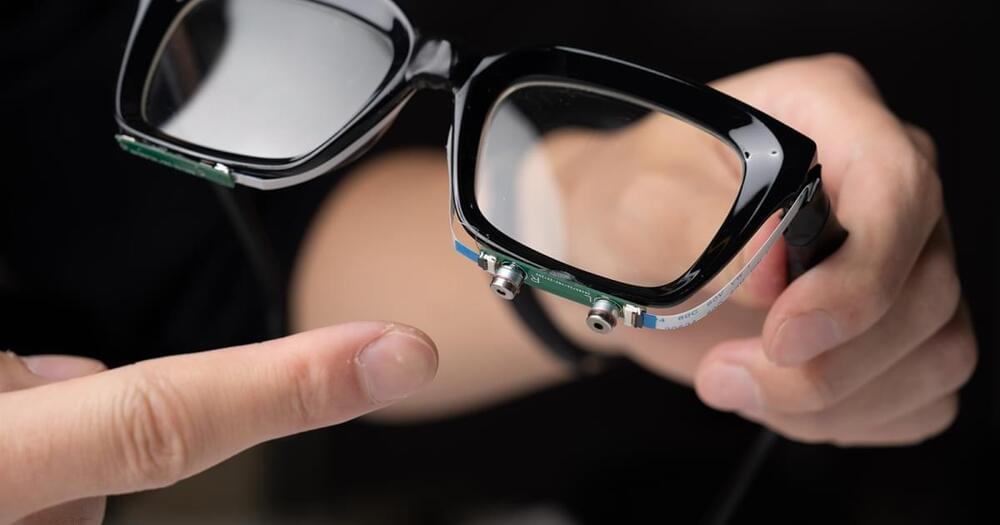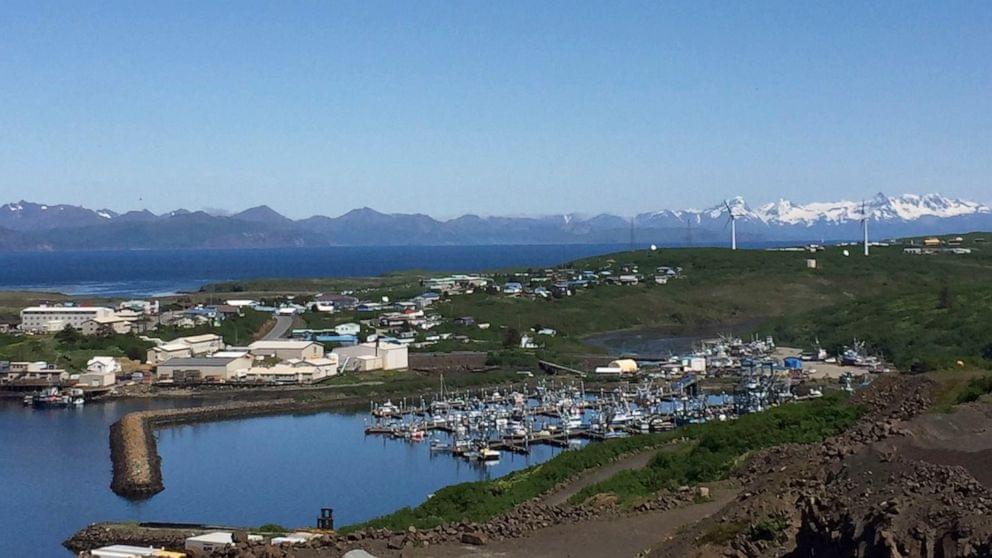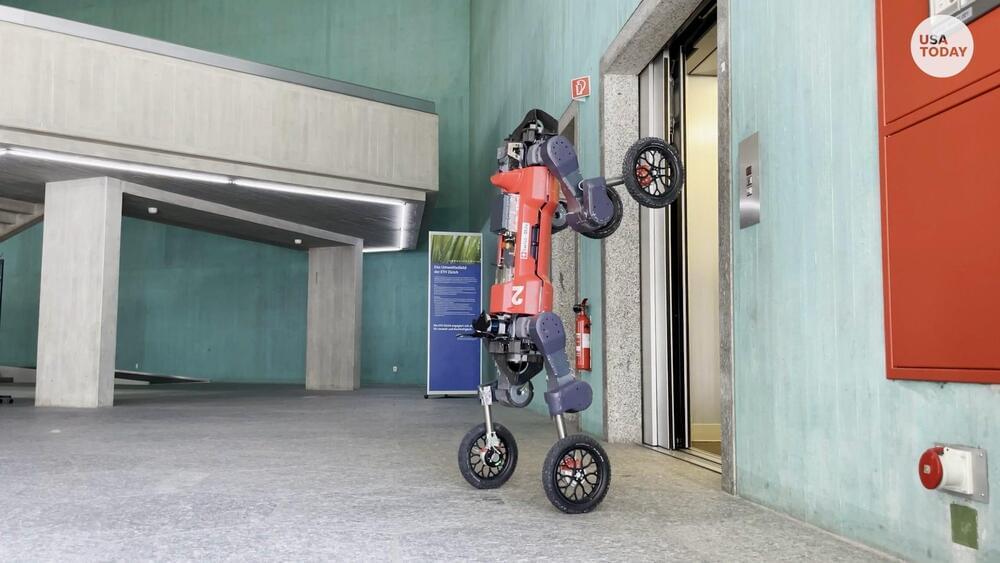Jul 16, 2023
Webb telescope spies most distant supermassive black hole ever recorded
Posted by Josh Seeherman in category: cosmology
The James Webb Space Telescope has delivered yet another astounding discovery, spying an active supermassive black hole deeper into the universe than has ever been recorded.
The black hole lies within CEERS 1,019 — an extremely old galaxy likely formed 570 million years after the big bang — making it more than 13 billion years old. And scientists were perplexed to find just how small the celestial object’s central black hole measures.
“This black hole clocks in at about 9 million solar masses,” according to a NASA news release. A solar mass is a unit equivalent to the mass of the sun in our home solar system — which is about 333,000 times larger than the Earth.
